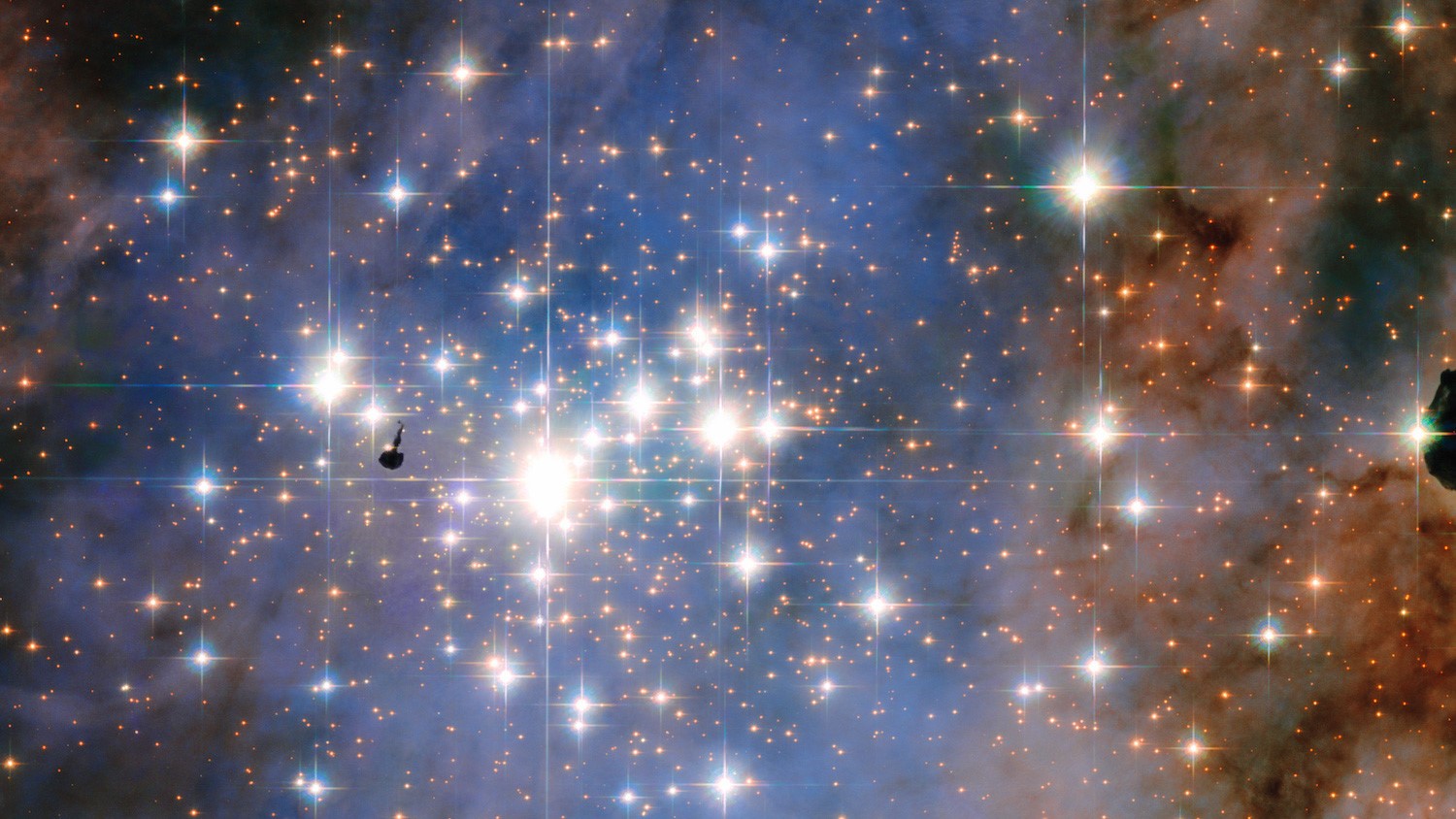Astronomers and scientists are in constant search of life beyond Earth. And Arizona State University will be playing a key role in NASA’s latest mission to explore new worlds.
Three ASU scientists will be involved in investigating whether one of Jupiter’s icy moons, Europa, has conditions suitable for life.
NASA plans to launch the robotic mission to Europa in the 2020s after ASU scientists design and manufacture a thermal instrument intended to scour the frozen surface to detect hot spots.
Philip Christensen, Regents' Professor of geological sciences at ASU’s School of Earth and Space Exploration, will be the principal investigator for the instrument, which will be called “Europa Thermal Emission Imaging System,” or E-THEMIS. He will be joined by ASU professors Everett Shock and Mikhail Zolotov.
The trio will be responsible for designing, fabricating, assembling, testing, and calibrating the instrument. They will also be involved with mission operations and science data processing. Ball Aerospace will develop the electronics that will be integrated into the heat-seeking instrument.
NASA’s previous Galileo mission yielded strong evidence that Europa, about the size of Earth’s moon, has an ocean beneath a frozen crust of unknown thickness. This is a result of Galileo flybys from more than a decade ago, as well as and recent Hubble observations suggesting plumes of water shooting out from the moon.
This ocean could have more water than on Earth. And its energy and chemistry created by tidal heating could make Europa the best place in the solar system to look for present day life beyond Earth.
As a result, NASA has requested $30 million in the fiscal year 2016 budget for a mission to send a solar-powered spacecraft into a long, looping orbit around the Jupiter to perform repeated close flybys of Europa over a three-year period. In total, the mission would perform 45 flybys at altitudes ranging from 16 miles to 1,700 miles.
The mission will comprise a payload of nine selected science instruments, including cameras and spectrometers to produce high-resolution images of Europa’s surface and determine its composition, and radar will determine the thickness of the moon’s icy shell and search for subsurface lakes similar to those beneath Antarctica.
"This is a terrific opportunity for ASU and (the School of Earth and Space Exploration)," Christensen said in an ASU news release.
“We anticipate lots of data, but the meaning of the data for the habitability of Europa will require additional experiments, calculations, and theoretical modeling, which are major strengths of the combination of geochemistry, biochemistry, and planetary science in (the School of Earth and Space Exploration) and at ASU,” Shock said in the news release.
The thermal emission imaging system developed ASU already has a track record in space. In June, an ASU camera will have completed 60,000 orbits of Mars, as part of the NASA Mars Odyssey orbiter that has been in space for 14 years. During this time, the ASU camera will have taken nearly 400,000 images.
This original device, also designed by Christensen, has achieved a longer run of observations than any previous instrument involving Mars.
“(It) continues a tradition of ASU instruments working at Mars. This began almost 20 years ago, with our Thermal Emission Spectrometer (TES), which flew on NASA's Mars Global Surveyor, operating from 1996 to 2006,” Christensen said.
The involvement in the NASA space missions is a reflection of Arizona’s strong aerospace and defense sector, which is one of the largest in the U.S., with more than 52,000 employees and contributes $38 billion to the state economy. TechAmerica’s 2015 Cyberstates Report shows the space and defense systems in Arizona directly employed nearly 12,000 people in 2014. Four major research institutions in Arizona have received a NASA Space Grant: ASU, Embry-Riddle Aeronautical University (home of the nation's highest-ranked aerospace engineering program among non-doctoral program schools), Northern Arizona University and The University of Arizona.
Photo Credit: ASU




